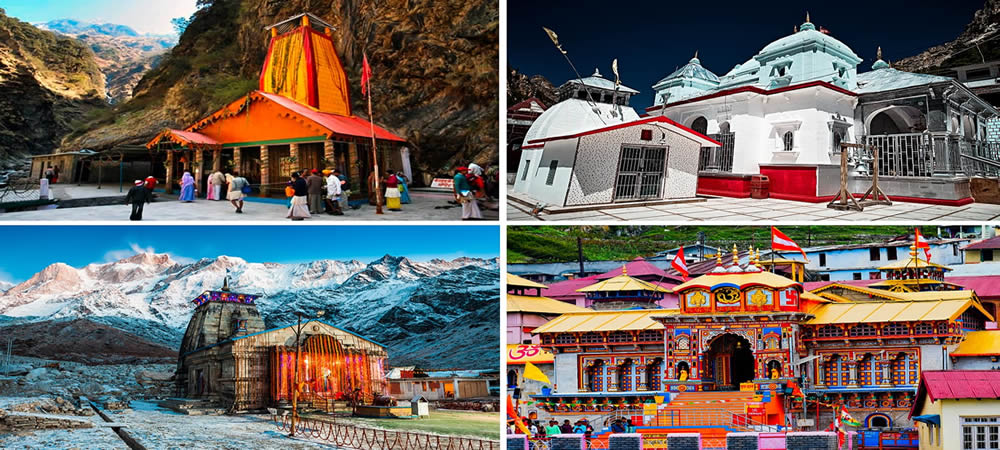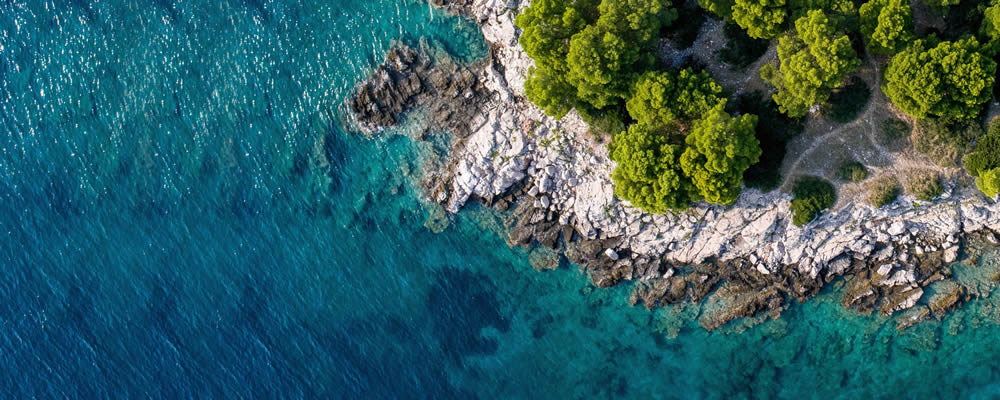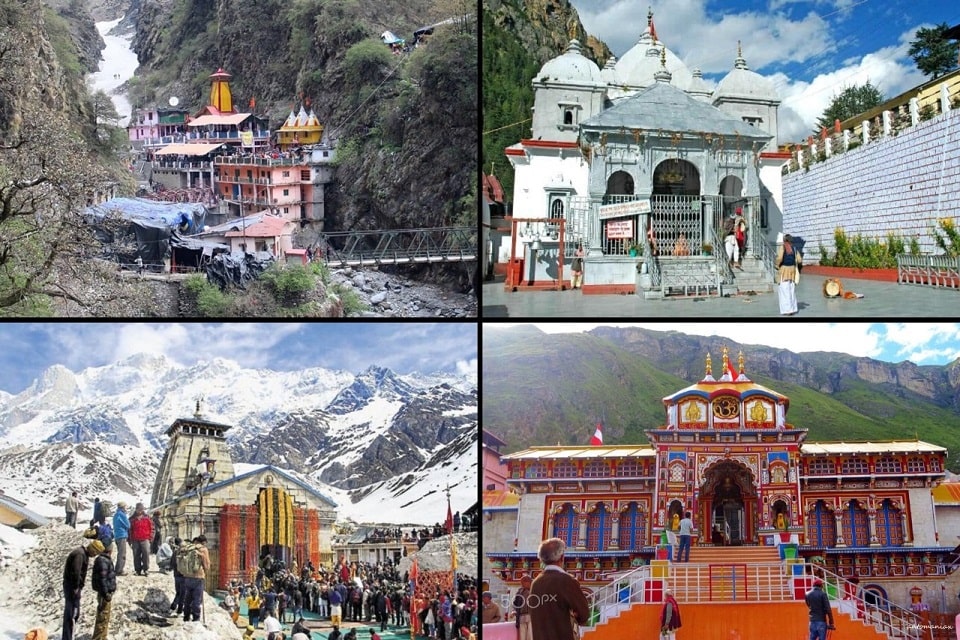
Chardham Yatra Package
4.9/5
Highlights
- Tours Durations: 10 Nights 11 Days From Haridwar.
- Tour Route: Haridwar - Barkot - Yamunotri - Uttarkashi - Gangotri – Guptkashi - Kedarnath - Badrinath - Joshimath – Srinagar - Rishikesh
- Meals:Breakfast + Dinenr
- Local Sightseeing: Explore the local sightseeing during the trips.
- Transport: Transport as per mentioned in the tours.
Description
Chardham Yatra is one of the best holy pilgrim yatra in India. Chardham Yatra is great yatra which is really memorable for lifetime. There are four most religious places over here which are together called the Char Dhams of Uttarakhand. Yamuntori(temple devoted of the goddess Yamuna), Gangotri (origin of the River Ganges and seat of the goddess Ganga), Kedarnath(one of the twelve Jyotirlingas, the holiest Hindu shrines of Shiva) and Badrinath (temple devoted of the goddess Vishnu) are the holy places which make up the Char Dham Yatra in Garhwal.
Chardham is the famous religious circuit visited by lakhs of devotees every year. Located on the high himalayas of Uttarakhand, Chardham yatra complete after the visit of four Hindu pilgrimage destination – Yamunotri, Gangotri, Kedarnath and Badrinath. This is 10 Days tours packages from Haridwar during the tours you will get the chance to capture memorable movments and memories with your friends. This tours is organized by Badri Travels Haridwar which is most popular chardham tour operators in Haridwar.
Barkot Weather - Generally pleasant in summer, the temperature ranges from 25-30 degree Celsius, Winter: The Days are pleasantly cool but the nights are cold,temp ranges from 10 deg to 05 deg.
Yamunotri Temple : Maharani Gularia of Jaipur built the temple in the 19th Century. It was destroyed twice in the present century and rebuilt again. At Yamunotri, One can cook rice by packing it in a cloth and dipping it in the hot water of the Tapt kund. Pilgrims take this cooked rice home as "Prasad". Here near the temple "Pooja" can be offered to Divya Shila.
Surya Kund : There are a Number of thermal springs near temple, which flows into numerous pools. The most important of these is Surya Kund.
Divya Shila : A rock pillar, worshipped before entering the Yamunotri Temple.
Yamunotri Weather - In summer the maximun temp is 18 degrees and the minimum is 10 degrees celsius. The days are pleasantly cool but the nights are cold.
Uttarkashi is home to a number of ashrams, temples. The name of the town reflects its similarity to and location (as north of) the city of Kashi (Varanasi). Similar to Varanasi, town of Uttarkashi is also situated on the banks of River Ganga.
Vishwanath temple - Vishwanath temple is one of the oldest Shiva temples in Northern India. Re-constructed in 1857 by Maharani Khaneti Devi of Tehri State in the ancient architectural style. It is situated at the heart of the town. A massive iron trident, symbolic of divine mother’s, is erected and worshiped from time immemorial at the temple complex. Ganeshji, Sakshi Gopal, Markandeya Rishi’s small shrines are also part of the temple complex. Akhand Jyoti as well as Akhand Abhishek, special aarti at morning and evening are offered. As per Skunda Puran, Uttarkashi is known as ‘Saumya Varanasi’, the abode of Lord Shiva in Kaliyug and counted as one of the twelve Jyotirlingas.
Shakti temple - Right in front of the Vishwanath temple is Shakti temple. It has a big ‘Trishul’ of about 6 meters in height and a circumference of 90 cms. at bottom. Though there are different views about the making of this, the upper part of it seems to be made up of iron and the lower one is of copper. As per the epics this Shakti was thrown on the devils by the Goddess Durga(Shakti), hence it gets its name. Since then this Shakti is erected over here.
Uttarkashi Weather - Generally hot in summer, the temperature ranges from 30-35 degree Celsius but nights is pleasant, Cold in winters.
Gangotri Temple : The 18th century’s temple dedicated to Goddess Ganga is an exquisite 20ft. High structure made of white granite. The sacred stone The Bhagirath “Shilla” is located near the temple of Ganga where the holy Ganga first descended on earth from heaven. The Gangotri Temple visited by roughly 300 thousand adorers annually. If opens on the auspicious day of “Akshay-Trtiya”, generally in the month of April or May by November, Gangotri town is covered with snow. The temple is closed on the Diwali festival every year and it is reopened at month of April or May. During this time , the idol of The Goddess is kept at Mukhba Village, near Harsil her winter adobe “12kms downstream, home to the main Pandas(Priest ) of Gangotri”. The other places of pilgrimage are Surya kud, Vishnu Kund and Barhma Kund located in the vicinity of Gangotri.
Gangotri Weather - The maximum temperature during summer can go up to 20° Celsius. Summer nights can get cooler with a minimum temperature of 10° Celsius. Light woolen clothes are required while visiting Gangotri during summer. Winter season is very chilly in Gangotri. Gangotri will be covered in sheets of snow during winter. Pilgrim centers remains closed throughout winter due to heavy snow falls.
Gomukh : The Gomukh glacier is the source of Bhagirathi (Ganges) and is held in high esteem by the devout that do not miss the opportunity to have a holy dip in the bone chilling icy water.
Guptakashi :- The name Gupt Kashi means "Hidden Benares. Mythology describes how when the Pandava brothers were searching for a glimpse of Shiva, Shivji first concealed himself at Guptkashi, but later fled from them further up the valley to Kedarnath, where the Pandavas finally got their wish fulfilled. There are more tangible connections as well-the Kedarnath pandas (priests) live in Guptkashi during the winter months, and after the Kedarnath temple closes for the winter, the image of Kedarnath passes through Gupt Kashi on its way to Ukhimath (across the valley), where it stays for the winter.
Guptkashi Weather - pleasant in summer, the temperature ranges from 25-30 degree Celsius. Cold in winters.
By Trek : Morning our driver will drop you at Sonprayag then you have to take local jeep for Gourikund & then your trek strat for kedarnath ji. After darshan you follow same & back to Sonpraag. There is big parking issue so driver will back other palace if his contact no. in not working then you have to arrange other taxi or wait for your driver & send the massage any other driver.
Kedarnath : The Kedarnath shrine, one of the 12 jyotirlingas of Lord Shiva, is a scenic spot situated, against the backdrop of the majestic Kedarnath range. Kedar is another name of Lord Shiva. According to legend, the Pandavas after having won over the Kaurava in the Kurukshetra war, felt guilty of having killed their own brothers and sought the blessings of Lord Shiva for redemption. He eluded them repeatedly and while fleeing took refuge at Kedarnath in the form of a bull. On being followed he dived into the ground, leaving his hump on the surface. The remaining portions of Lord Shiva appeared at four other places and are worshipped there as his manifestations. The arms appeared at Tungnath, the face at Rudranath, the belly at Madhmaheshwar and his locks (hair) with head at Kalpeshwar. Kedarnath and the four above-mentioned shrines are treated as Panch Kedar.
Kedarnath Weather - Due to its high altitude the weather in Kedarnath remains cold for most part of the year. Summer here is cool and pleasant while winter is severe. During summer season the temperature varies around 20°Celsius. Light woolen wear is recommended. Winter season in Kedarnath is severe with mercury falling to as low as 0°Celsius. During this time the place experiences snowfall as well. Due to the extreme climatic conditions, this time is usually avoided by tourists.
Badrinath one of the 'Ancient Four Dhams' is one of the most celebrated pilgrimage spots of the country and is situated at an elevation of 3,133 meters, guarded on either side by the two mountain ranges known as Nar & Narayan with the towering Neelkanth Peak providing a splendid backdrop. This revered spot was once carpeted with wild berries. Thus the place got the name "Badri van", meaning "forest of berries".
Tapt Kund : Natural thermal springs on the bank of the river Alaknanda, where it is customary to bath before entering the Badrinath temple.
Mana Village : Inhabited by an Indo-Mongolian tribe, it is the last Indian village before Tibet.
Vasundhara : As the name suggests, vasundhara is a magnificent water fall. This place is 5 kms. from Badrinath out of which 2 kms. is motorable upto Mana.
Bhim Pul : On the other side of Mana village, a massive rock forming a natural bridge, lies over the roaring Saraswati river. It presents a spectacular view of water thundering down through the narrow passage under the rock and is believed to have been placed there by Bhim, the second eldest among the five Pandava brothers.
Vyas Gufa (cave) : Near Mana Village, this is a rock-cave where Ved Vyas is believed to have composed the Mahabharata and the pauranic commentaries.
Badrinath Weather : The average maximum temperature will be around 18° Celsius and the average minimum is 8° Celsius. Warm and woolen clothes are hence required for a stay in Badrinath throughout the year. Winter in Badrinath is often accompanied by snow falls. Winter is very chilly with an average temperature of 5° Celsius. Due to the extreme climatic conditions, this time is usually closed for tourists.
Joshimath is situated on the slopes above the confluence of the rivers Alaknanda and Dhauliganga. Of the four 'Maths' established by Adi Shankaracharya, Joshimath is the winter seat of Badrinath. The idol is brought down to Joshimath and installed in the temple for people to worship. There are many other temples in the township. The most important is the temple of Nir Singh with the idol of Lord Vishnu. The left arm of this deity is getting destroyed with time and the popular belief holds that the day the arm completely withers Badrinath valley will cease to exist and the Gods will transfer the residence into the neighboring Niti Valley at Bhavishya Badri.
Rudraprayag is one of the Panch Prayag (five confluences) of Alaknanda River. It is confluence of rivers Alaknanda and Mandakini. Kedarnath, a Hindu holy town is located 86 km from Rudraprayag.
Rudraprayag Weather - Generally hot in summer, the temperature ranges from 35-40 degree Celsius, Winter: The Days are pleasantly cool but the nights are cold, temp ranges from 20 deg to 05 deg.
Rishikesh : Named after the Lord Vishnu, Rishikesh is a holy city for Hindus. Located in the foothills of the Himalaya in northern India it is also known as the yoga center of the world and is home to many world renowned ashrams. Rishikesh styles itself as the ‘Yoga Capital of the World’, with masses of ashrams and all kinds of yoga and meditation classes. The fast-flowing Ganges is surrounded by forested hills inside the city. Apart from temples and ashrams Rishikesh is now a popular white-water rafting centre, backpacker hang-out, and gateway to treks in the Himalaya.
Price included
- Guided Tours: Professional guides for all sightseeing activities and excursions.
- Accommodation: Comfortable lodging in well-rated hotels or resorts.
- Meals: Daily breakfast and select lunches and dinners as specified.
- Transportation: All local transfers, including airport pickups and drop-offs.
- Activity Fees: Entrance fees for parks, attractions, and activity sites.
- International Flights: Airfare to and from the destination.
- Personal Expenses: Items such as souvenirs, extra snacks, and drinks.
- Travel Insurance: Coverage for medical emergencies and trip cancellations.
For children
- Children’s Discounts: Kids 0-5 stay free with two adults; discounts for ages 6-12 apply based on the package.
- Child Activity Participation: Children can join most activities, but some may have age restrictions. Check details before booking.
- Child Safety and Supervision: Parents must supervise their children and follow provided safety guidelines. Some activities may need parental consent or accompaniment.
Other terms
To book, a deposit is required, with the balance due 30 days before departure. Cancellations made over 30 days in advance are refundable minus a fee, while those within 30 days are non-refundable. Travel insurance is recommended but not included. Itineraries may change due to unforeseen conditions, and travelers must follow health and safety regulations. Luggage includes one checked bag and one carry-on; excess baggage may incur extra fees. Respectful behavior is required, and special requests should be made at booking, subject to availability.

Book this tour
Book your unforgettable Chardham yatra Pilgrimage today! For any questions or personalized advice, don’t hesitate to contact us.




.jpg?w=576&h=650)

